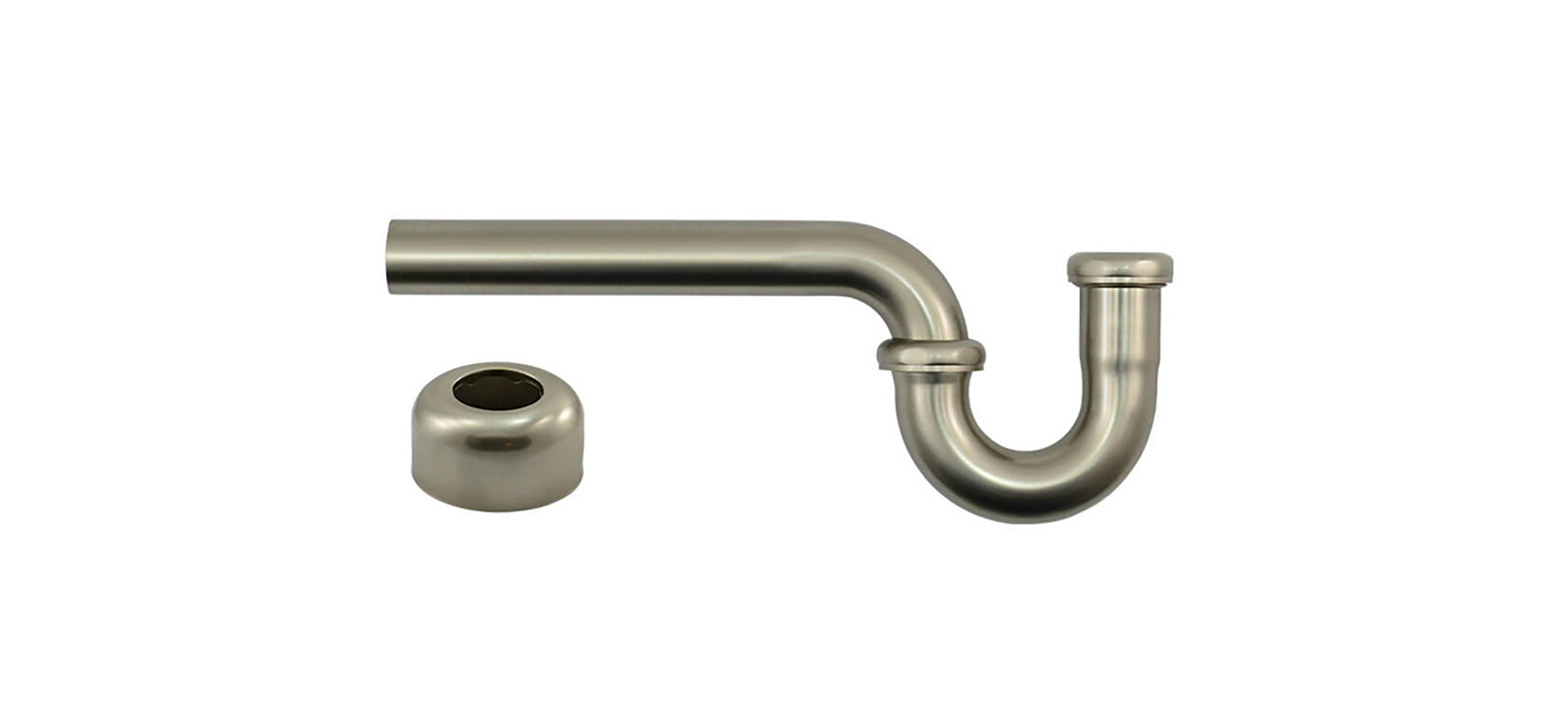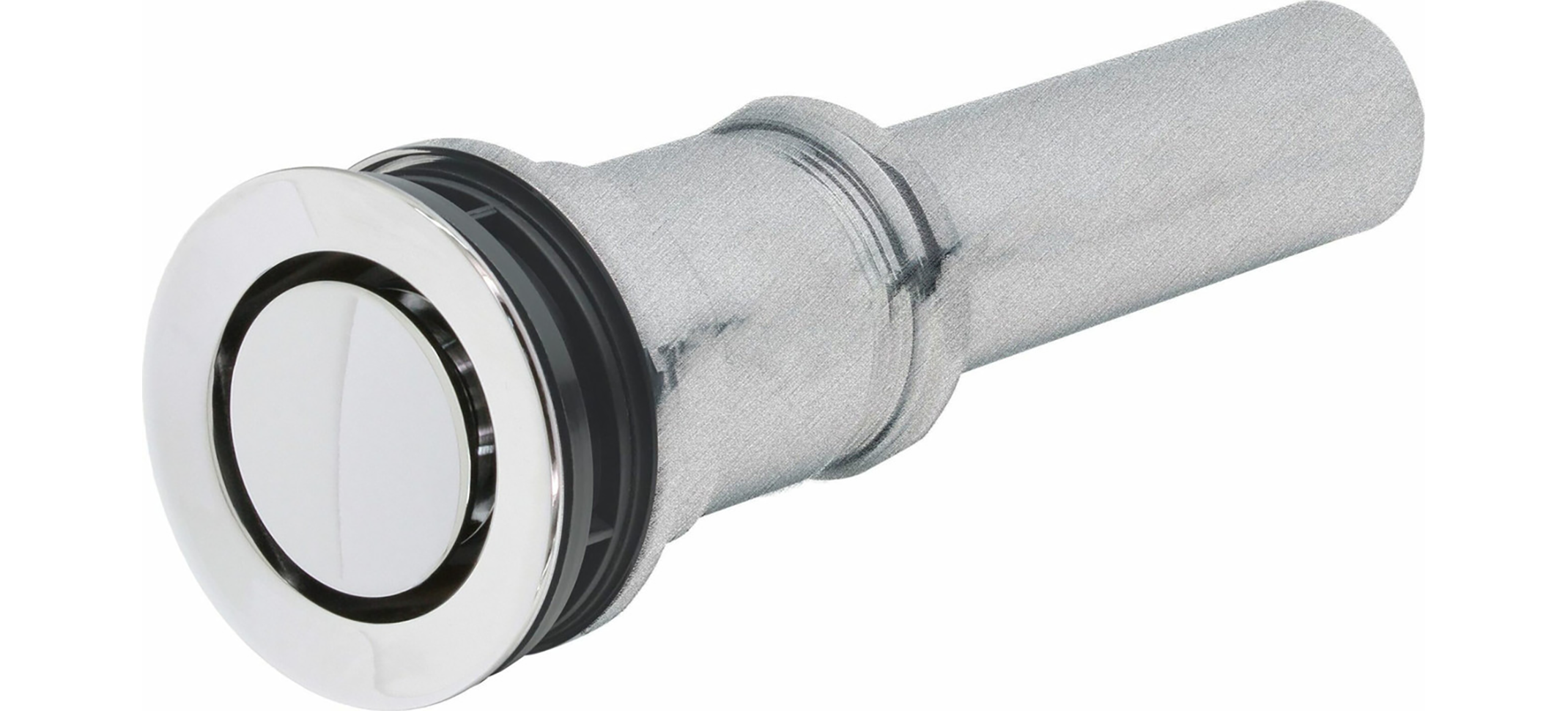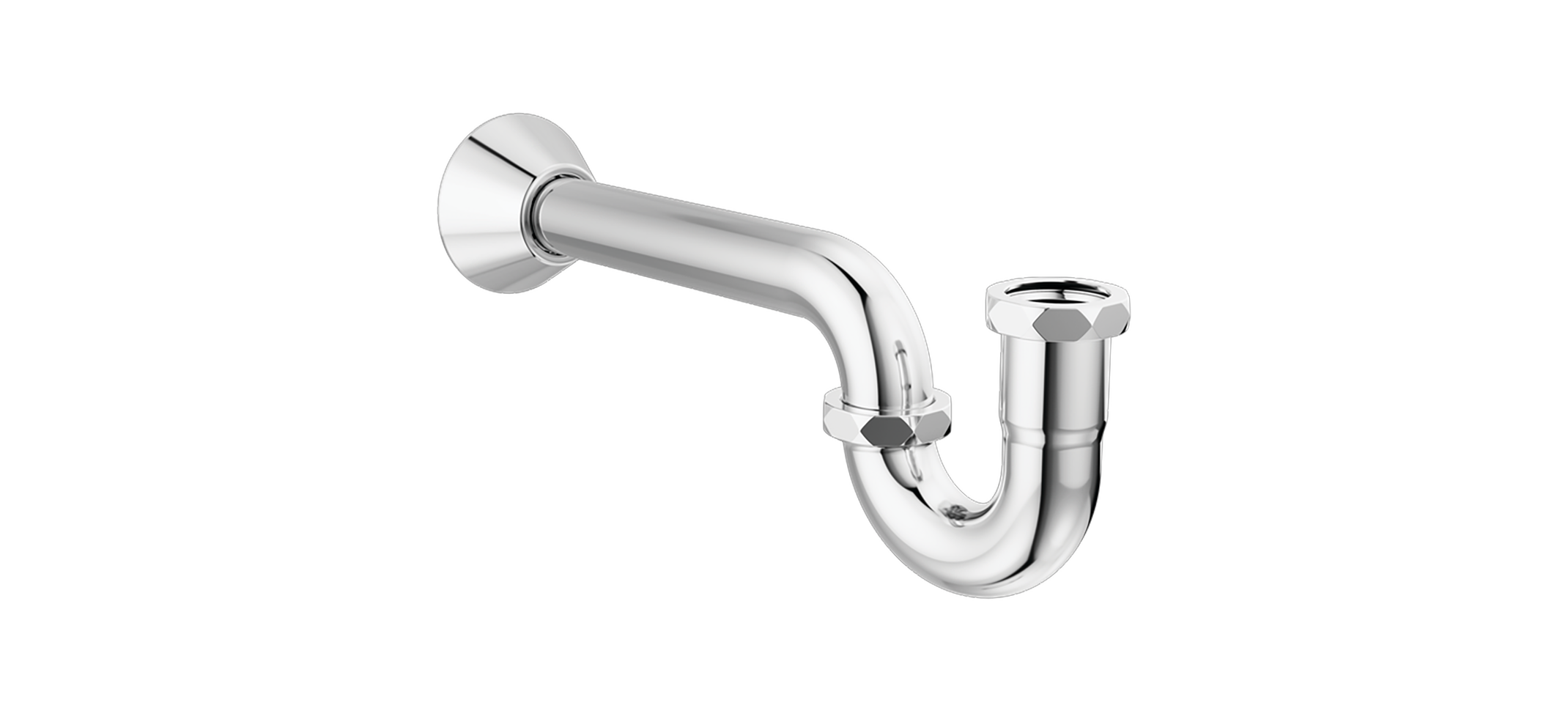Most homeowners have experienced the frustration of a slow-draining or completely blocked bathroom sink. Fortunately, you don’t always need a plumber to fix it. In this article, we’ll explore common causes of clogs and provide practical tips to keep your sink flowing smoothly.
Common Causes of Clogs
There are many situations that may lead to your bathroom sink becoming clogged.
Hair accumulation is one of the most common causes of clogged drains. Over time, loose strands of hair can easily combine with soap scum, grease, and other debris that wash down the sink. This mixture creates a tangled mess that can significantly obstruct water flow in the drain. Additionally, hair has a tendency to cling to the sides of pipes, further exacerbating the blockage.
Regular use of soap can lead to a buildup of soap scum, a filmy residue that accumulates in sinks, tubs, and showers. This buildup can obstruct the drain over time, causing slow drainage and potential clogs. Soap scum forms when the fats and oils in soap react with minerals in water, creating a sticky layer that can be difficult to remove. To prevent this issue, it’s important to consider using soap alternatives that produce less residue.
Toothpaste, dental floss, and other small items can accumulate over time in sinks, drains, and other plumbing fixtures, leading to potential blockages. These seemingly harmless items, if not disposed of properly, can build up and create clogs that hinder water flow, resulting in slow drainage or even complete blockages.
Mineral deposits from hard water, which consist of calcium, magnesium, and other minerals, can accumulate over time and contribute significantly to clogs in pipes and fixtures. These deposits create a buildup that restricts water flow and can lead to more serious plumbing issues if not addressed promptly. Water softening solutions can help mitigate these problems and keep your plumbing system running smoothly.
Preventive Measures
There are multiple things homeowners can do to help avoid clogs and maintain a smoothly functioning bathroom sink.
To prevent clogs in your plumbing system, it's essential to place sink strainers in the drain. These handy devices are designed to catch hair, food particles, and other debris before they have a chance to enter the pipes. By doing so, you can significantly reduce the risk of blockages that can lead to costly repairs and maintenance. Not only are sink strainers easy to install and clean, but they also serve as a proactive solution to keep your drains flowing smoothly for years to come. Regularly emptying the strainers will ensure optimal performance and help maintain the health of your plumbing.
To maintain a sparkling and hygienic kitchen or bathroom, it's important to clean your sink regularly to prevent soap scum buildup. Begin by removing any dishes or debris from the sink. Next, use a mild cleaner that is safe for your sink's material—whether it's stainless steel, porcelain, or another surface. Apply the cleaner generously and scrub the basin thoroughly, paying special attention to the faucet and drain area, where grime tends to accumulate. Rinse well with warm water to ensure all cleaner and residue are washed away, leaving your sink not only looking great but also free from bacteria and odors.
Avoid pouring grease, oil, or food scraps down the sink, as doing so can lead to clogged pipes and costly plumbing issues. Instead, make sure to dispose of these items properly by placing them in the trash or compost. This not only helps keep your plumbing in good condition but also contributes to a more sustainable environment by reducing waste.
Unclogging Techniques
If your sink does get clogged, try these methods before calling a professional plumber.
To effectively unclog a stubborn sink, start by pouring a tablespoon of dish soap directly down the drain. This will help to cut through any grease buildup. After that, carefully follow with a large pot of boiling water, which can help to further break up grease and debris. Allow the hot water and soap mixture to sit for a few moments before running the tap to see if the clog has cleared. This simple yet effective method can save you from a costly plumbing bill and keep your sink flowing smoothly.
Consider using biodegradable drain cleaners that utilize natural enzymes to break down clogs effectively. These environmentally friendly options not only protect your plumbing by being less abrasive but also ensure safety for your skin and eyes, as they are free from harsh chemicals. By choosing enzyme-based cleaners, you contribute to a healthier ecosystem while maintaining a clean and functional drainage system in your home.
If you can access the trap, which is the U-shaped pipe located under the sink, carefully remove it by unscrewing the connectors at both ends. Before you begin, make sure to place a bucket underneath to catch any water that may spill out during the process. Once the trap is removed, inspect it for any debris or buildup, and take your time to clean it thoroughly with warm, soapy water or a suitable cleaner.
To effectively tackle a clog, start by using a plunger to create suction and dislodge the blockage. Ensure that you cover the overflow hole with a wet cloth to prevent any water from escaping, as this will help maximize the pressure applied by the plunger. Position the plunger over the drain, ensuring a good seal, and push down firmly before pulling up sharply. Repeat this motion several times until you feel the clog begin to loosen.
A plumbing snake, also known as an auger, is a versatile tool specifically designed to reach deeper into drains and effectively break up stubborn clogs. This tool features a flexible metal coil that can navigate through pipes, allowing it to dislodge blockages caused by hair, grease, or other debris that regular cleaning methods may not address. By using a plumbing snake, homeowners can often clear their drains without the need for harsh chemicals or professional assistance, making it an invaluable addition to any DIY plumbing toolkit.
Remember, prevention is key. Regular maintenance and mindful habits can keep your bathroom sink free from clogs and save you from unnecessary headaches.







